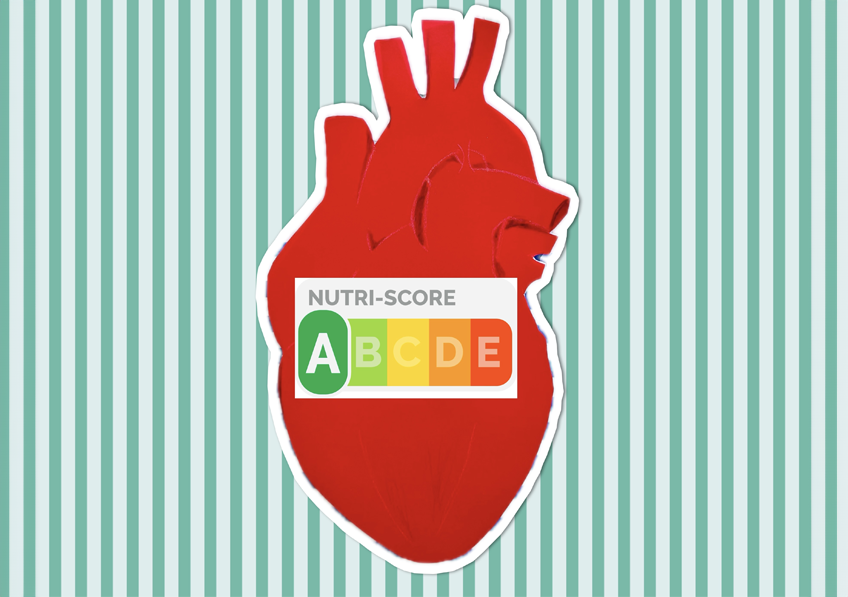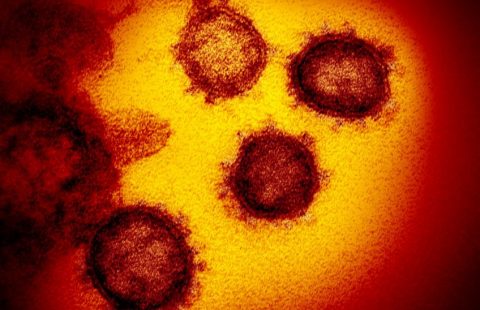Nutritional quality of diet characterized by the Nutri-Score profiling system and cardiovascular disease risk: a prospective study in 7 European countries
The Lancet Regional Health – Europe, 11 September, 2024
DOI : 10.1016/j.lanepe.2024.101006
Mélanie Deschasaux-Tanguy1, Inge Huybrechts2, Chantal Julia1,3, Serge Hercberg1,3, Barthélémy Sarda1, Morgane Fialon1, Nathalie Arnault1, Bernard Srour1, Emmanuelle Kesse-Guyot1, Léopold K. Fezeu1, Carine Biessy2, Corinne Casagrande2, Bertrand Hemon2, Elisabete Weiderpass2, Maria G. M. Pinho2,4,5, Neil Murphy2, Heinz Freisling2, Pietro Ferrari2, Anne Tjønneland6,7, Kristina Elin Nielsen Petersen6, Verena Katzke8, Rudolf Kaaks8, Matthias B. Schulze9,10, Giovanna Masala11, Valeria Pala12, Salvatore Panico13, Fulvio Ricceri14,15, W. M. Monique Verschuren16, Jolanda M. A. Boer16, Yvonne T van der Schouw17, Guri Skeie18, Antonio Agudo19,20, Esther Molina-Montes21,22,23,24, José María Huerta21,25, Conchi Moreno-Iribas21,26,27, Ulrika Ericson28, Emily Sonestedt28, Anna Strid29, Viktor Oskarsson30, Tammy Y. N. Tong31, Alicia K. Heath32, Elom K. Aglago32, John Danesh33, Elio Riboli32, Marc J. Gunter2, Mathilde Touvier1
1 Université Sorbonne Paris Nord and Université Paris Cité, INSERM, INRAE, CNAM, Center for Research in Epidemiology and StatisticS (CRESS), Nutritional Epidemiology Research Team (EREN), F-93017 Bobigny, France
2 International Agency for Research on Cancer, World Health Organization, Lyon, France
3 Department of Public Health, Hôpitaux Universitaires Paris Seine-Saint-Denis (AP-HP), Bobigny, France
4 Amsterdam UMC, location Vrije Universiteit Amsterdam, Department of Epidemiology and Data Science, Amsterdam, Netherlands
5Amsterdam Public Health, Health Behaviors and Chronic Diseases, Amsterdam, Netherlands
6 Danish Cancer Society Research Center, Copenhagen, Denmark
7 Department of Public Health, University of Copenhagen, Copenhagen, Denmark
8 Department of Cancer Epidemiology, German Cancer research Center (DKFZ), Heidelberg, Germany
9 Department of Molecular Epidemiology, German Institute of Human Nutrition Potsdam-Rehbruecke, Nuthetal, Germany
10 Institute of Nutritional Science, University of Potsdam, Nuthetal, Germany
11 Clinical Epidemiology Unit, Institute for cancer research, prevention and clinical network (ISPRO), Florence, Italy
12 Fondazione IRCCS Istituto Nazionale dei Tumori di Milano, Milan, Italy
13 School of Medicine, Federico II University, Naples, Italy
14 Centre for Biostatistics, Epidemiology, and Public Health, Department of Clinical and Biological Sciences, University of Turin, Italy
15 Unit of Epidemiology, Regional Health Service ASL TO3, Grugliasco (TO), Italy
16 Department Life Course and Health, Centre for Nutrition, Prevention and Health Services, National Institute for Public Health and the Environment, Bilthoven, the Netherlands
17 Julius Center for Health Sciences and Primary Care, University Medical Center Utrecht, Utrecht University, Utrecht, The Netherlands
18 Department of Community Medicine, Faculty of Health Sciences, University of Tromsø (UiT) – The Arctic University of Norway, Tromsø, Norway
19 Unit of Nutrition and Cancer, Catalan Institute of Oncology – ICO, L’Hospitalet de Llobregat, Spain
20 Nutrition and Cancer Group; Epidemiology, Public Health, Cancer Prevention and Palliative Care Program; Bellvitge Biomedical Research Institute – IDIBELL, L’Hospitalet de Llobregat, Spain
21 CIBER of Epidemiology and Public Health (CIBERESP), Madrid, Spain;
22 Department of Nutrition and Food Science, Campus of Cartuja, University of Granada, Granada, Spain
23 Instituto de Investigación Biosanitaria ibs.GRANADA, Granada, Spain
24 Institute of Nutrition and Food Technology (INYTA) ‘José Mataix’, Biomedical Research Centre, University of Granada, Granada, Spain
25 Department of Epidemiology, Murcia Regional Health Council, Murcia, Spain.
26 Navarra Public Health Institute, Pamplona, Spain
27 Navarra Institute for Health Research (IdiSNA), Pamplona, Spain
28 Nutritional Epidemiology, Department of Clinical Sciences Malmö, Lund University, Malmö, Sweden
29 Department of Internal Medicine and Clinical Nutrition, The Sahlgrenska Academy, University of Gothenburg, Gothenburg, Sweden
30 Department of Public Health and Clinical Medicine, Umeå University, Umeå, Sweden
31 Cancer Epidemiology Unit, Nuffield Department of Population Health, University of Oxford, Oxford, United Kingdom
32 School of Public Health, Faculty of Medicine, Imperial College London, London, United Kingdom
33 Department of Public Health and Primary Care, University of Cambridge, United Kingdom


